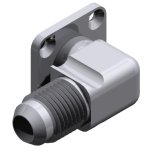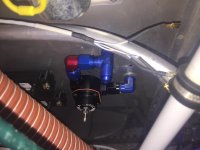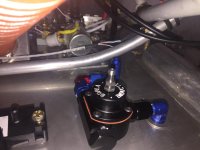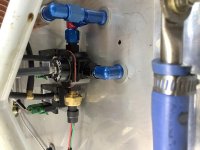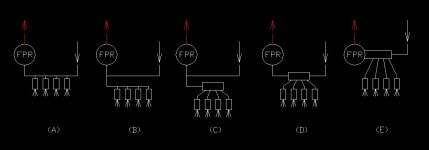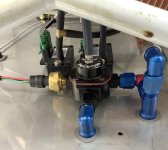The SDS manual specifies AN-6 return lines from the duplex valve to the tanks.
However, the Andair duplex valve supplied by Vans (Vans part # FS 20x20-3) comes with 1/4" NPT upper ports and 1/8" NPT lower ports, which suggests AN-6 feeds and AN-4 returns.
So, either I run -4 returns, or find a source for the swappable port fittings so I can change them to -6.
What have other EFI users been doing here? Application is an RV-7A.
However, the Andair duplex valve supplied by Vans (Vans part # FS 20x20-3) comes with 1/4" NPT upper ports and 1/8" NPT lower ports, which suggests AN-6 feeds and AN-4 returns.
So, either I run -4 returns, or find a source for the swappable port fittings so I can change them to -6.
What have other EFI users been doing here? Application is an RV-7A.
Last edited:



